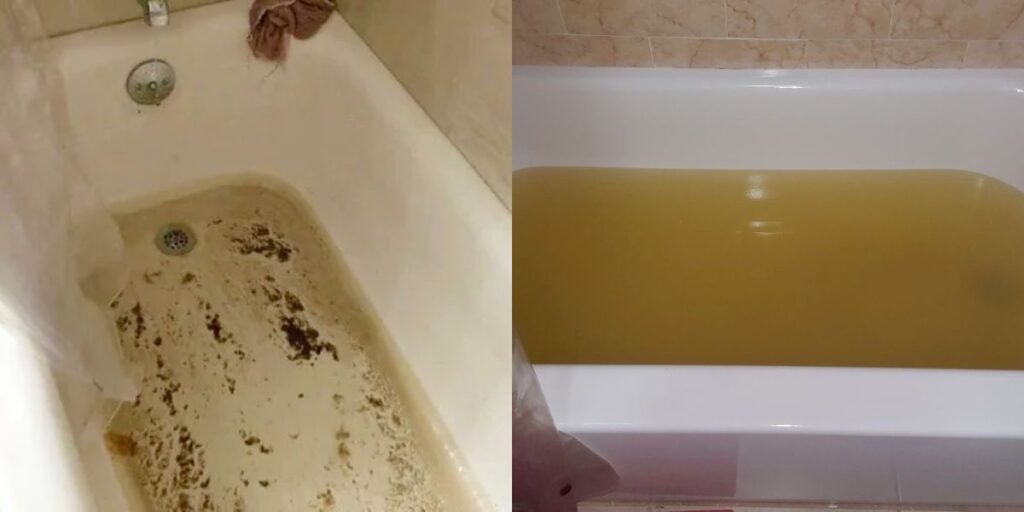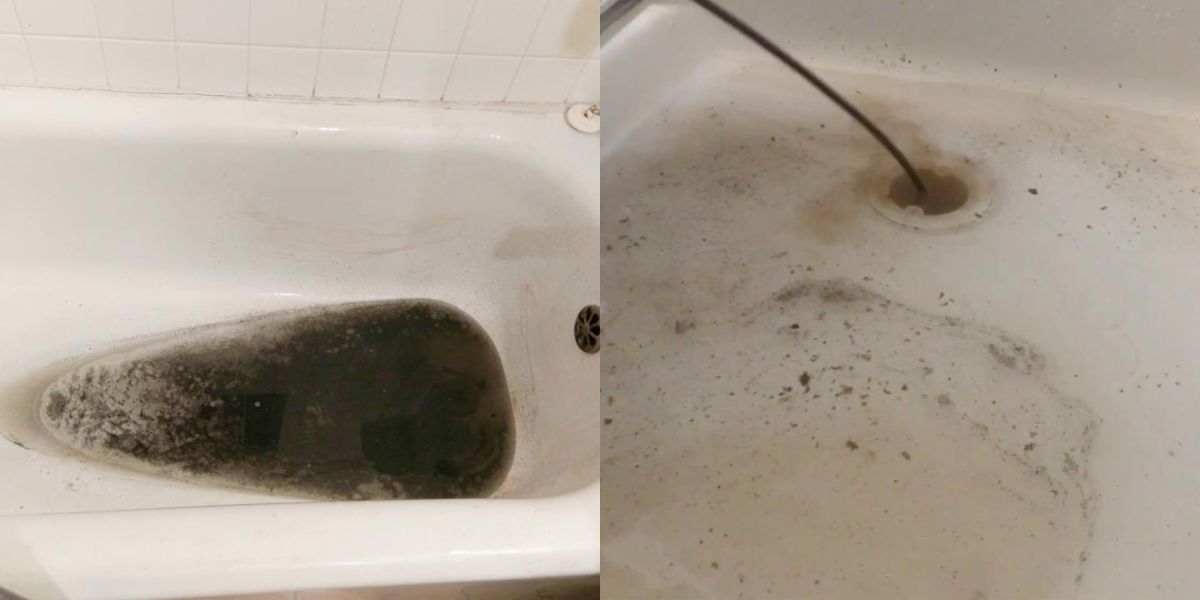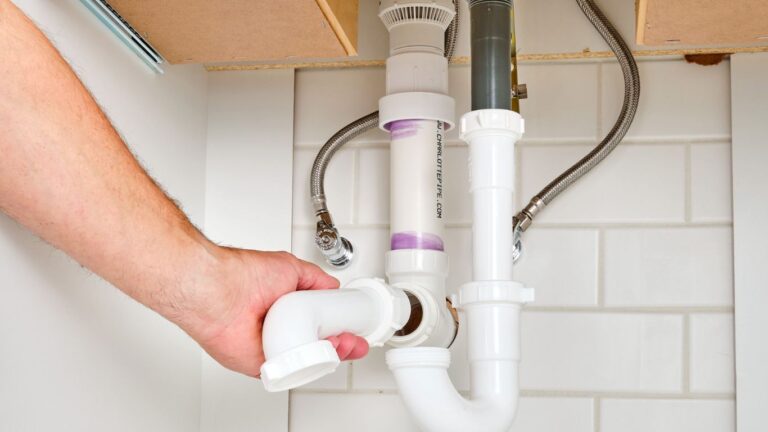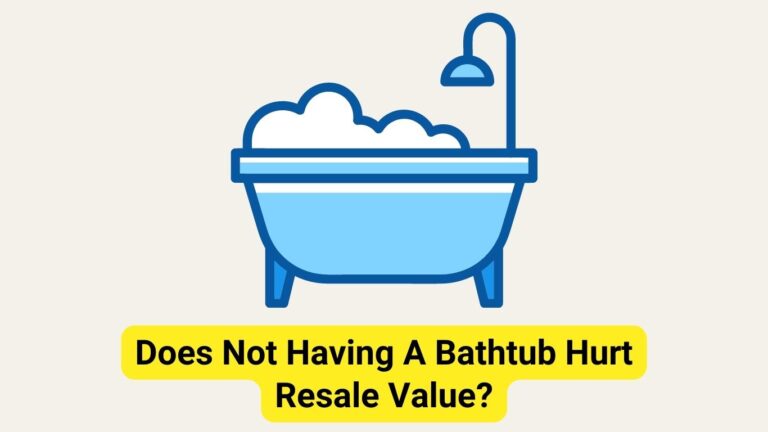How Do You Get Rid Of Sewer Backup In Bathtub?
Nothing is more frustrating than stepping into your bathtub for a nice relaxing soak, only to find it filled with sewage backflow. The odors alone are enough to turn your stomach, and that’s before you even confront the disgusting mess. Unfortunately, sewer backups in bathtubs are an all too common occurrence. But over the years, through plenty of trial and error, I’ve learned the best ways to get rid of sewer backup and prevent it from happening again.
Bathtub sewage backups happen when debris builds up and blocks drain pipes. Causes include tree roots infiltrating pipes, accumulation of grease or solids, and deterioration of old pipes. To clear a clogged tub, turn off the water, plunge the drain, and use mechanical drain snakes. For severe backups affecting other drains, hire a professional plumber to hydrojet and clear pipes using specialized equipment. They can also install backflow prevention valves to avoid future backups.
What Leads to Sewer Backups in Bathtubs?
Before we dive into solutions, it helps to understand what causes sewage to back up into bathtubs in the first place. There are a few common culprits that could be to blame. Being aware of these can help you prevent problems proactively. Here are the most likely reasons you’re finding sewage overflow in your tub:

Invading Tree Roots
Tree roots are a sneaky source of sewer clogs. As roots travel underground seeking water sources, they can infiltrate sewer pipes through tiny cracks and gaps. Over time, the roots grow larger inside pipes, forming dense root balls that plug drain lines.
Trees like willows, elms, and cottonwoods with aggressive root systems are particularly problematic. If you have large trees nearby, vigilantly maintain and inspect your sewer lines to nip root intrusions early. Trimming problem trees around your home can also help.
Grease Buildup
Here’s one of the most avoidable causes of sewer backups – pouring fats, oils, and grease down your drains. Grease seems harmless when rinsed down the sink, but it coats pipes and solidifies into blockages. Sewage can’t flow past thick globs of grease stuck to pipe walls. To prevent this, never pour cooking oils or fryer grease down sinks. Collect grease in cans and dispose in the trash instead.
Deteriorating Sewer Pipes
Like all infrastructure, sewer pipes wear out over time. Old pipes made of materials like cast iron or clay are prone to cracking and damage. Once pipes start deteriorating, gaps and holes allow roots, debris, and grease to intrude, causing major blockages. If your home has galvanized or iron drain pipes installed over 50 years ago, sewer backups may indicate it’s time for full pipe replacement.
Solid Blockages
Even small objects that find their way into sewer lines can add up and cause clogs. Materials like flushable wipes, feminine hygiene products, diapers, paper towels, and dental floss get lodged in pipes. These solids accumulate and eventually block the entire pipe diameter, leading to backups. Avoid putting anything in toilets except human waste and toilet paper.
See also: How To Seal Off A Bathtub Overflow?
How to Detect a Sewer Backup?
Sewage backups usually won’t appear without warning. Being alert to the early signs of a clog forming allows you to take action before an overflow occurs. Here are some clues that your drains are slowing and a backup is brewing:
- Bathtub or sink drains take longer to empty, with water draining sluggishly.
- You hear strange gurgling noises from drains when running water in sinks, tubs, showers, or flushing toilets. This indicates sewage is backing up.
- Foul sewage odors waft from drains, sometimes accompanied by a rotten egg sulfur smell. Backup allows sewer gases to escape.
- In severe cases, water may partially regurgitate or overflow from floor drains or bathtub/sink overflows as pipes clog.
Don’t ignore these warning signs. Drain problems will only worsen without intervention. Tackle clogs early before you end up with a bathtub brimming with sewage.
How to Remove Sewage Backup from Your Bathtub?
Okay, you’ve identified a sewer backup. Your bathtub is filled with murky, smelly water that is draining sluggishly, if at all. What’s the game plan? Here are the steps I recommend for clearing clogs and removing backed-up sewage from your tub:
Turn Off the Water Supply
Before starting, turn off the shutoff valves controlling water flow to the tub and bathroom sink. This prevents more water from entering the clogged pipes, helping drain the backed-up water. Locate shutoffs and turn the handles clockwise to turn off the water.
Clear the Overflow Drain First
In most bathtubs, there is a second “overflow” drain in addition to the main tub drain. Clear debris from this overflow drain first, so any backed-up water has somewhere to drain. Use a zip-it cleaning tool to pull out accumulated hair and gunk from the overflow opening.
Plunge the Main Drain
Now for the main event – vigorously plunging the clogged drain. Use a heavy-duty sink plunger specifically designed for tubs. Place the plunger over the drain and fill the tub with enough water to cover the suction cup. Work the plunger up and down with force to dislodge the blockage. Flush with hot water periodically to help wash away freed gunk.
Employ Baking Soda and Vinegar
For extra drain-clearing power, you can also mix up a simple homemade drain cleaner. Pour 1/2 cup baking soda down the tub drain, followed by 1 cup vinegar – the fizzy chemical reaction can help break up grease clogs. Let the mixture sit for 5-10 minutes before running hot water.
Call in the Auger
If it doesn’t open the drain, it’s time to bring in a mechanical sewer snake/auger. Feed this motorized spiral auger down the tub drain to push through and shred the mass of roots, grease, and debris jamming your pipe. Rental and professional augers are extremely effective for severe clogs.
See also: How To Remove Anti Scald Valve Bathtub?
How To Keep Sewage Backup at Bay?
Now that you’ve conquered the sewer backup in your tub, let’s discuss some proactive ways to prevent this nightmare from recurring. With vigilance and proper maintenance, you can avoid plumbing headaches like backed-up bathtubs.
Install a Backflow Prevention Valve
Installing a backflow prevention valve along your home’s main sewer/waste pipe is a smart long-term investment. These valves only allow flow in one direction – from inside your home into the sewer system. If sewage backs up from the main line, the valve slams shut to prevent overflow into your property.
Monitor and Maintain Your Pipes
Be proactive by having your home’s sewer lines video inspected for any issues, and perform maintenance like root cutting or hydrojetting to keep pipes clear. Repair any sections that are damaged or sagging before they fail. Monitor spots prone to clogs and backup.
Stop Pouring Grease Down Drains
I can’t stress this enough – keeping fats, oils, and grease out of your pipes is critical to avoid sewage backups. Always collect greasy waste in sealed containers and throw it in the trash after cooking. Avoid using garburators/food disposers excessively.
Upgrade Old Pipes
Improving your plumbing infrastructure can prevent backups. Replace original galvanized, cast iron, or clay sewer pipes with smooth, seamless PVC piping. PVC is resistant to roots and won’t corrode over time like metal pipes. Investing in new pipes can mean decades of clog-free performance.
Dealing with sewer backups is one of the most unpleasant parts of homeownership. But armed with the right knowledge, you can clear clogs yourself and take steps to keep your drains flowing freely. Simply staying alert to pipe issues and practicing good maintenance habits will go a long way toward sending backups down the drain for good.
FAQs
Why does my bathtub keep backing up with sewage?
There are a few common causes of sewer backups in tubs: tree roots infiltrating and clogging drain pipes, accumulation of grease or solids that block the pipes, or a collapse or blockage in the main sewer line. Deteriorating and older pipes are also prone to backups.
How do I unclog my bathtub when it has a sewage backup?
Start by turning off the water supply to the tub and bathroom. Plunge the drain with a heavy-duty plunger to dislodge the clog. Use a zip-it tool to clear debris from the overflow drain. Pour baking soda and vinegar down the drain to react with the clog. For severe backups, you may need a mechanical drain snake to physically remove the blockage.
What can I do to prevent future sewer backups in my bathtub?
Regularly maintain your sewer pipes by using a hydrometer service to clear roots, grease, and debris. Install a backflow prevention valve on your main sewer line to prevent backups from entering your home. Avoid putting grease or non-flushable items down drains that could clog pipes. Replace old galvanized or clay pipes with smooth PVC piping.
How do you get sewage out of a bathtub?
Turn off the water, plunge the drain, and use a zip-it tool on the overflow drain. Try baking soda and vinegar. Call a plumber for severe clogs.
Why is poop water backing up into my bathtub?
Backups happen from root blockages, grease buildup, pipe damage, or main line clogs allowing sewage to backflow.
How do you unclog a sewer drain?
Plunge the drain. Snake it with an auger. Use a drain cleaner. For deep clogs, call a plumber to hydrojet or clear the blockage.

William J. Bullock is a licensed plumber with over 15 years of experience installing and repairing bathtubs. He runs his own plumbing company in Greenville and serves residential and commercial clients. William is dedicated to providing honest, transparent advice to help homeowners make informed decisions about their bathroom renovations.
He has established expertise in selecting bathtubs, planning custom installations, diagnosing issues, and completing repairs. William aims to share practical tips and reliable recommendations based on extensive hands-on work. When he isn’t on a job site, William enjoys spending time with his family and volunteering at local community events. He takes pride in delivering quality service and enjoys helping people upgrade their homes.







